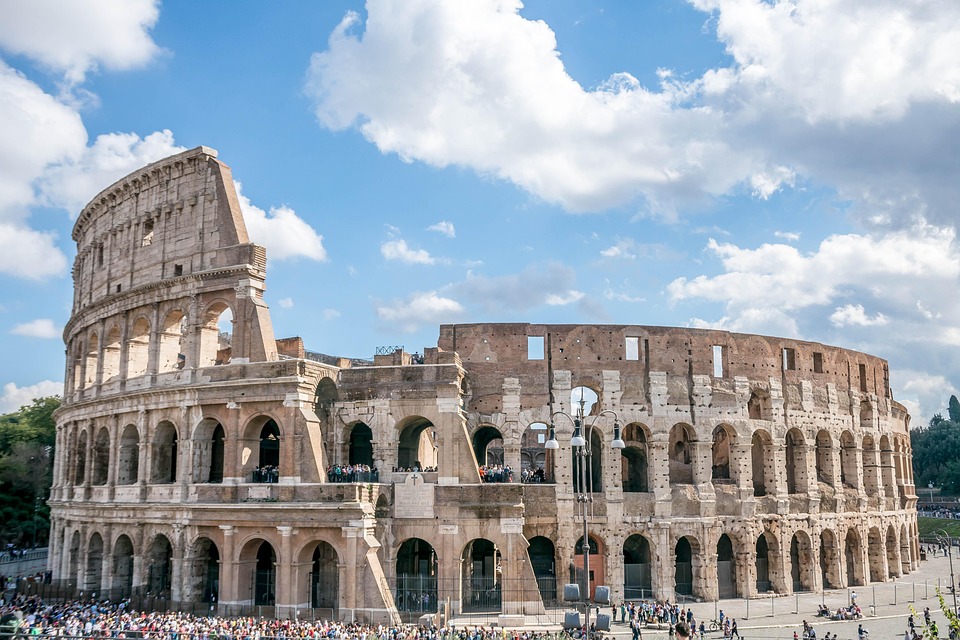The Economics of Arenas: How They Drive Local Tourism and Business
In an age where sports and entertainment reign supreme, arenas have evolved into more than mere venues for concerts, games, and events. These structures, often ingeniously designed and strategically placed, serve as powerful engines for local economies. As cities invest in building modern arenas, the collaboration between public agencies, local businesses, and event organizers fosters a vibrant ecosystem that bolsters tourism and commerce.
The Role of Arenas in Local Economies
Arenas contribute significantly to local economies through several channels:
-
Job Creation: The construction and operation of an arena generates direct employment opportunities, from construction workers to permanent staff members, including management, security, and hospitality roles. Additionally, the influx of visitors for events stimulates job growth in nearby businesses, creating a ripple effect.
-
Tourism Boost: Arenas attract regional, national, and even international visitors for concerts, sporting events, and conferences. This influx brings in tourism spending on hospitality, dining, and local attractions. Cities with popular arenas often witness increased hotel occupancy rates and restaurant foot traffic, especially during major events.
- Increased Local Spending: When fans and visitors come to town for an event, their spending does not stop at the arena gates. Local businesses, from retailers to food vendors, see a boost in sales. This direct economic impact is especially pronounced in downtown areas, where visitors spend time before and after events.
Revenue Streams from Arenas
The financial sustainability of arenas largely depends on diverse revenue streams, which can include:
-
Ticket Sales: Concerts, sports games, and events generate significant income through ticket sales, often shared between event organizers and the arena.
-
Concessions and Merchandise: Stands selling food, beverages, and team merchandise contribute to the overall revenue, benefitting both the arena and the teams or performers.
-
Sponsorship and Advertising: Naming rights, billboard ads, and sponsorship packages provide substantial financial resources. Companies are keen to capitalize on the visibility arenas offer, leading to lucrative partnerships that can further fund local projects.
- Corporate Events: Many arenas provide facilities for corporate meetings, trade shows, or private functions, tapping into another revenue stream and promoting year-round utilization.
Economic Impact Analysis
Research indicates that arenas are effective economic catalysts, but the quantified impact can vary by location and the type of events hosted. For example, a major sporting event may generate millions in economic activity compared to smaller events. Cities must evaluate the potential return on investment when proposing and funding new arena projects.
Moreover, studies have shown that successful arenas often lead to the revitalization of surrounding areas. Infrastructure improvements have been noted as direct consequences of arena construction, benefiting local transportation and public services.
Challenges and Considerations
Despite their potential benefits, arenas are not without controversy. Critics argue that the substantial public funding often required for their construction may not yield proportional economic benefits. Issues can arise regarding displacement of local businesses and the prioritization of tourism dollars over community needs.
It’s essential for stakeholders to engage in transparent discussions regarding the financial implications, ensuring that the benefits extend beyond the walls of the arena and foster community well-being.
The Future of Arenas
As technology continues to evolve, the design and functionality of arenas are likely to advance. Smart arenas equipped with technology for enhanced customer experience, energy efficiency, and data analytics present significant opportunities. These innovations not only improve the event experience but also allow for more effective management of resources.
Moreover, the shift towards hybrid events—where fans can participate both in-person and online—may redefine how arenas serve their communities. Communities will need to adapt to these changes, ensuring that local businesses can capitalize on both in-person and virtual attendees.
Conclusion
Arenas play a pivotal role in enhancing local economies by attracting tourism and stimulating business growth. While they come with challenges and require thoughtful planning and investment, the long-term benefits can be substantial. Through collaborative efforts among city planners, businesses, and event organizers, arenas can become anchors of economic vitality, enriching the cultural fabric of communities and providing lasting rewards for all stakeholders involved. As cities look to the future, the economic potential of arenas will continue to evolve, ensuring they remain beacons of entertainment and entrepreneurship.



